Journey to the 1920s with the postmodern Jukebox
Journey to the 1920s with the postmodern Jukebox

Journey to the 1920s with the postmodern Jukebox
Postmodern Jukebox, also known as PMJ for short, loves to re-share with its listeners the works that have made a hit today, by blending them with the 'vintage' genres that emerged at the beginning of the 20th century, especially swing, ragtime and jazz.
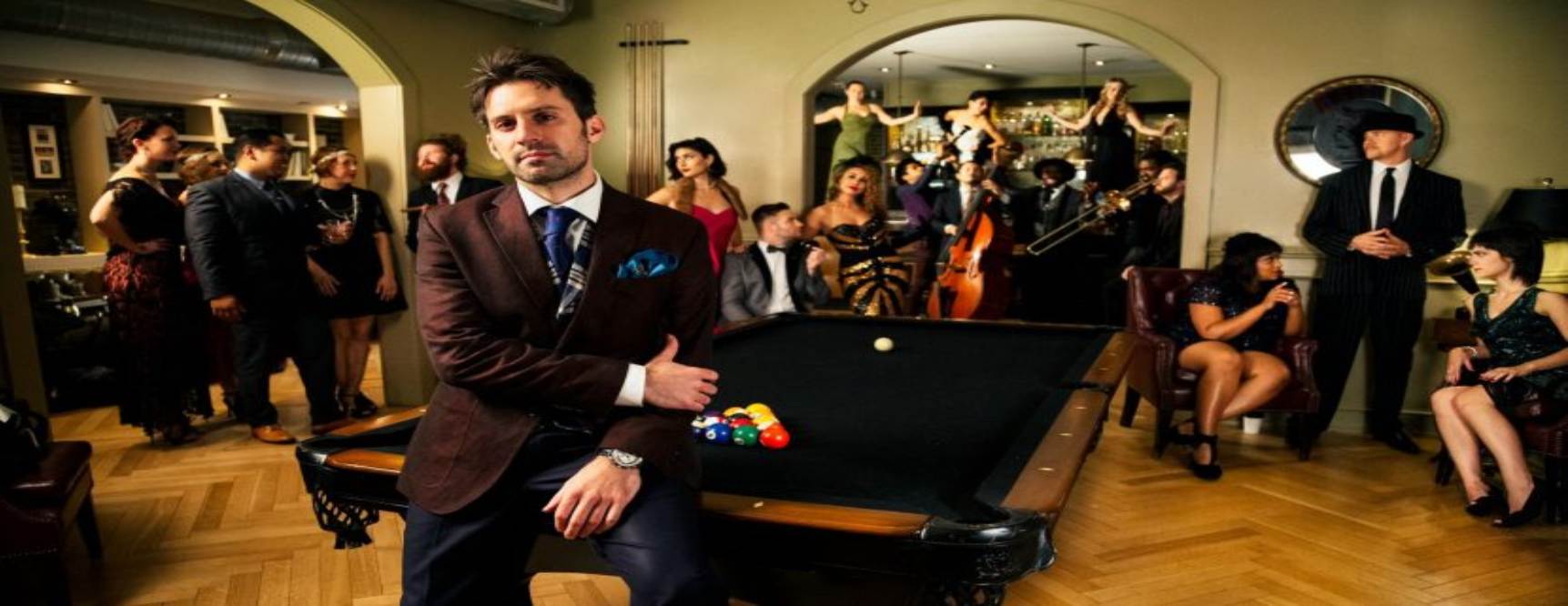

On this occasion, we wanted to introduce you to the band's approach to the concept of 'cover' and the songs we will watch in their concerts...
In our first example, we take the U2 classic I Still Haven't Found What I'm Looking For.
Like many of the tracks on U2's album The Joshua Tree, this piece is rooted in American music.
Even in the piece itself, it is possible to see the inspirations of the 'gospel' genre. In the postmodern Jukebox interpretation, the 'gospel' inspirations that U2 hides in the piece have been moved to a completely different dimension.
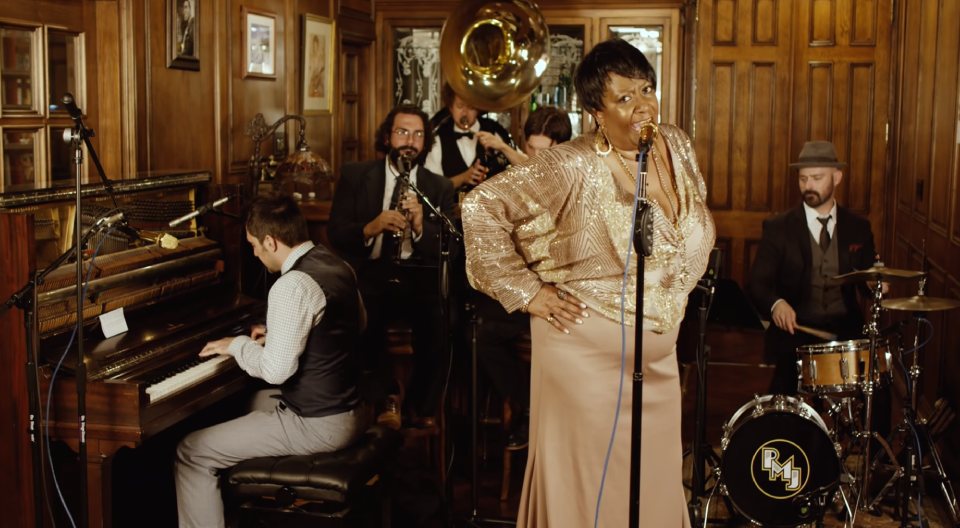
Last summer's big hit Old Town Road made us remember Lil Nas and Billy Ray Cyrus again. In fact, the song was prepared as a video clip by the actors in the famous video game Red Dead Redemption 2… Postmodern Jukebox approaches this song, which has been popular all summer long, even among country lovers and those who are far from the genre: Blues legend Miche Braden, who is authorized for vocals, plays Old Town Road. It performs with a sense and seriousness, almost as it should, making our hearts tremble.
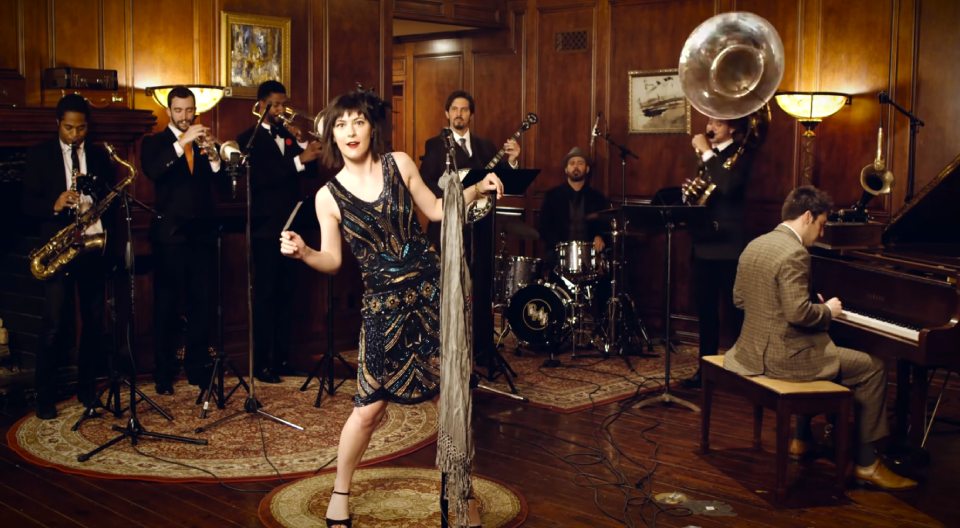
The next track is I Don't Want To Miss A Thing, the song by the famous rock band Aerosmith that made us all cry in the movie Armageddon… Postmodern Jukebox brought a very creative approach to Steven Tyler's amazing vocal performance. The piece, which has been reinterpreted in the style of the bands of the 1920s, has tremendous vocals and has become very entertaining at the same time. Now only tears of happiness can come from our eyes. Thanks PMJ!
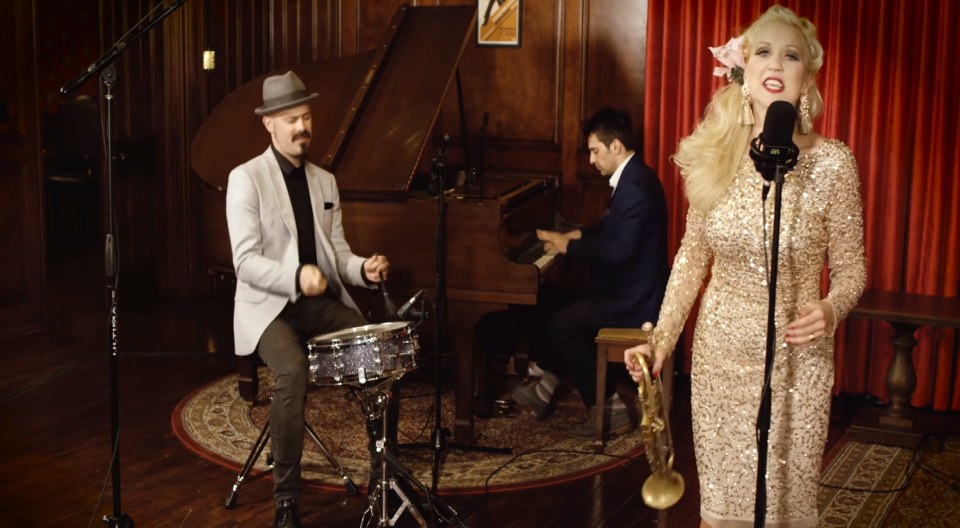
In 1976, when the Europop storm was blowing all over Europe, Dancing Queen from ABBA took everyone on the dance floor and opened the doors of the disco to the whole world. Postmodern Jukebox reinterprets this piece, which has turned the European and American charts into cotton balls when it was released on August 15, 1976, in a clever and very entertaining way. While listening to the piece, which has become an iridescent piece with the simple brush trumpet, trumpet and piano trilogy of the 1920s, you will experience completely different emotions, but it will still stir your heart.
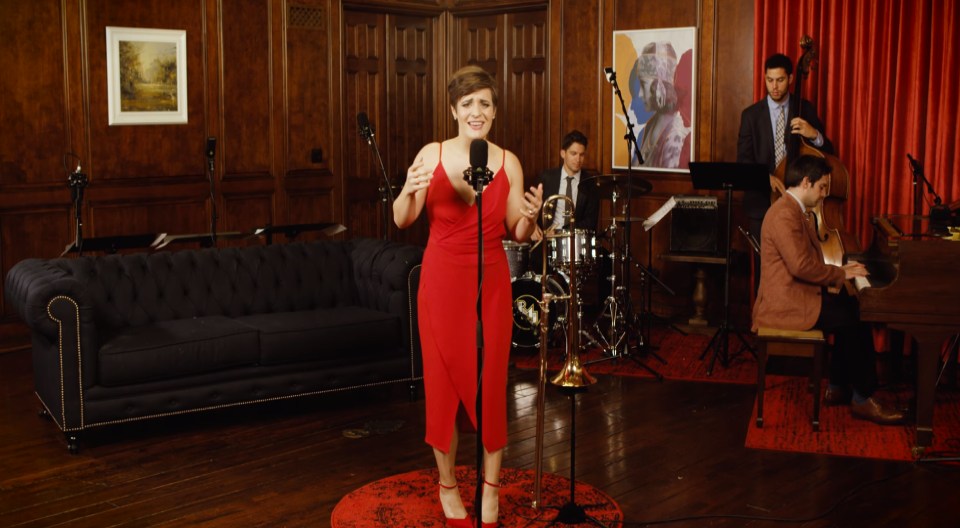
When we come to the interpretation of the work Always Be My Baby, which came into our lives with Mariah Carey's wonderful voice in 1995, we again encounter the Postmodern Jukebox signature. The piece comes to life again with the atmosphere created by woodwinds, double bass and piano. Vocalist Aubrey Logan takes us back to the turn of the century with the style of legendary jazz vocalist Ella Fitzgerald. While listening, you will find yourself accompanying the rhythm.
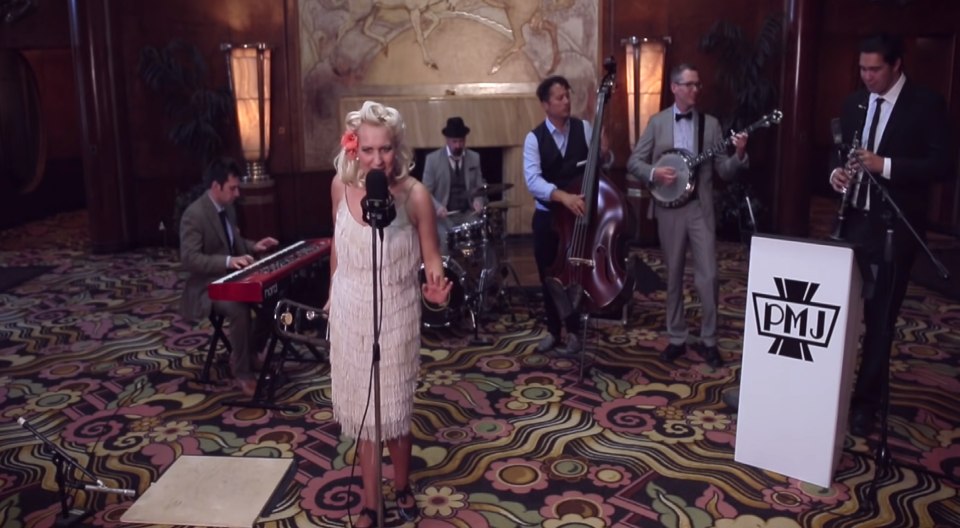
When it comes to legendary pop songs, of course, it would be a shame not to mention Madonna's name. Here is a wonderful Madonna cover from Like a Virgin, one of the best albums of 1984. In the video of the song, Madonna identifies herself with Marilyn Monroe, while the Postmodern Jukebox takes the piece to the up-tempo ragtime air of the 1920s. When the banjo and woodwinds are added to Gunhild Carling's vocals, we suddenly go to New Orleans from where we sit.